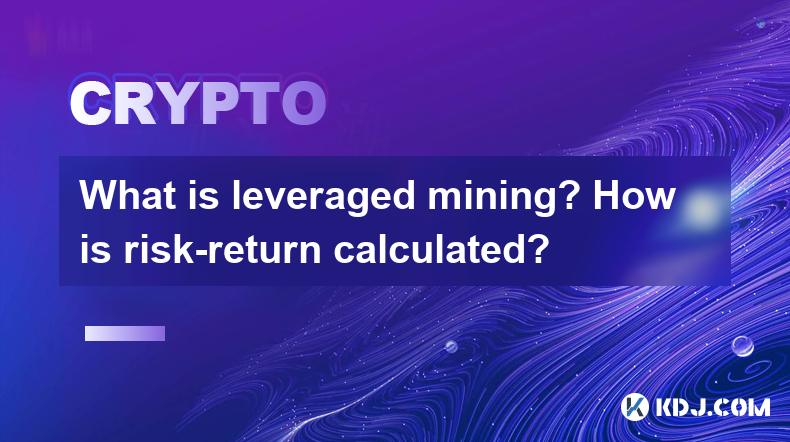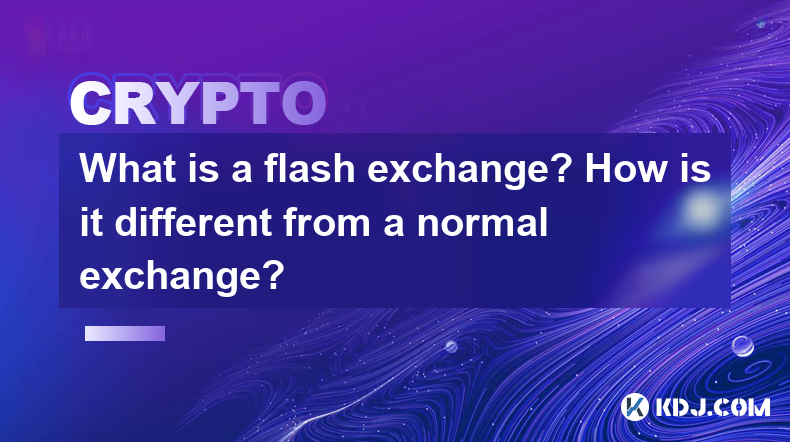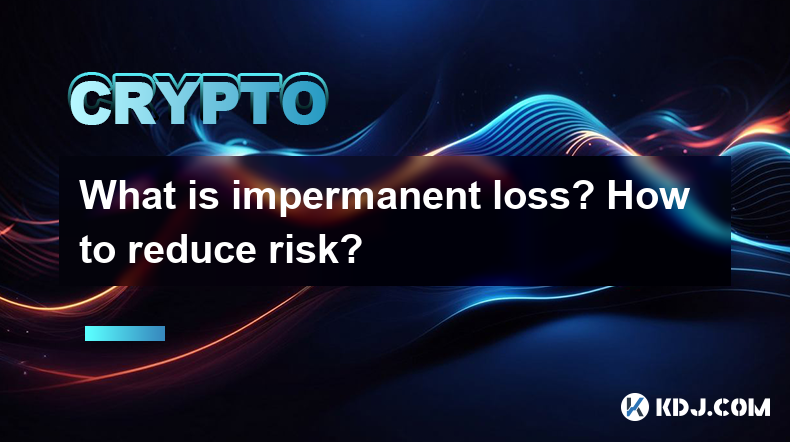-
 Bitcoin
Bitcoin $85,241.1267
0.86% -
 Ethereum
Ethereum $1,613.2760
1.57% -
 Tether USDt
Tether USDt $0.9997
0.01% -
 XRP
XRP $2.0881
1.00% -
 BNB
BNB $593.4937
0.27% -
 Solana
Solana $140.9305
4.89% -
 USDC
USDC $0.9999
0.02% -
 Dogecoin
Dogecoin $0.1577
0.05% -
 TRON
TRON $0.2448
1.12% -
 Cardano
Cardano $0.6311
0.24% -
 UNUS SED LEO
UNUS SED LEO $9.3004
0.81% -
 Chainlink
Chainlink $12.9705
2.67% -
 Avalanche
Avalanche $19.9947
4.58% -
 Stellar
Stellar $0.2468
2.35% -
 Toncoin
Toncoin $2.9726
-0.94% -
 Shiba Inu
Shiba Inu $0.0...01237
0.90% -
 Hedera
Hedera $0.1677
0.92% -
 Sui
Sui $2.1523
1.29% -
 Bitcoin Cash
Bitcoin Cash $339.5309
0.33% -
 Polkadot
Polkadot $3.8936
6.25% -
 Hyperliquid
Hyperliquid $18.0932
7.02% -
 Litecoin
Litecoin $76.3194
0.56% -
 Bitget Token
Bitget Token $4.5447
3.14% -
 Dai
Dai $0.9998
-0.02% -
 Ethena USDe
Ethena USDe $0.9991
-0.01% -
 Pi
Pi $0.6491
0.04% -
 Monero
Monero $217.3705
1.13% -
 Uniswap
Uniswap $5.3206
2.34% -
 Pepe
Pepe $0.0...07504
2.63% -
 OKB
OKB $50.7220
0.77%
What is SUSHI coin? A comprehensive introduction to SUSHI coin project in one article
With its governance, transaction fee, staking, and deflationary features, SUSHI Coin serves as a valuable asset in the SushiSwap ecosystem, supporting the project's mission to foster a decentralized and community-owned financial landscape.
Oct 04, 2024 at 04:23 pm

What is SUSHI Coin? A Comprehensive Introduction to the SUSHI Coin Project
1. Overview of SUSHI Coin
SUSHI Coin (SUSHI) is a decentralized cryptocurrency and the native token of the SushiSwap decentralized exchange. It was created in August 2020 and has since become one of the top decentralized finance (DeFi) tokens by market capitalization.
2. Purpose of SUSHI Coin
SUSHI Coin serves several purposes within the SushiSwap ecosystem:
- Governance: SUSHI holders can participate in the SushiSwap governance process by voting on proposals and making decisions about the future of the platform.
- Transaction Fees: SUSHI is used to pay for transaction fees on the SushiSwap exchange. This incentivizes the participation of liquidity providers and traders.
- Staking: SUSHI holders can stake their tokens to earn rewards and support the security of the SushiSwap network.
3. Key Features of SUSHI Coin
- Decentralized: SUSHI Coin is not controlled by any central authority or organization.
- Open-source: The SushiSwap codebase is fully open-source, allowing anyone to inspect and contribute to the project.
- Deflationary: The total supply of SUSHI Coin is limited to 250 million tokens. This means that the value of SUSHI tokens can potentially increase as the supply decreases.
- Cross-Chain Compatibility: SUSHI Coin is available on multiple blockchains, including Ethereum, Polygon, and Binance Smart Chain.
4. SUSHI Coin Project
The SUSHI Coin project is focused on the development and maintenance of the SushiSwap decentralized exchange. The long-term goal of the project is to create a decentralized and community-owned financial ecosystem.
Key Features of the SUSHI Coin Project
- DEX (Decentralized Exchange): SushiSwap is a decentralized exchange that allows users to trade cryptocurrencies without the need for intermediaries.
- Liquidity Provision: SushiSwap incentivizes liquidity providers to deposit tokens into the exchange's pools. This ensures that there is ample liquidity for traders.
- Yield Farming: Users can earn rewards by staking SUSHI tokens and providing liquidity to SushiSwap pools.
5. SUSHI Coin Market Performance
SUSHI Coin has experienced significant price volatility since its launch. The token reached an all-time high of $22.10 in August 2021. However, it has since declined in value and is currently trading at around $1.50.
Conclusion
SUSHI Coin and the SushiSwap project are significant players in the DeFi ecosystem. SUSHI Coin's governance, transaction fee, staking, and deflationary features make it a valuable asset for users. The project's focus on decentralization, open-source principles, and cross-chain compatibility positions it well for continued growth and innovation in the DeFi space.
Additional Resources:
- SushiSwap: https://sushi.com/
- SUSHI Coin: https://coinmarketcap.com/currencies/sushi/
- Ethereum: https://ethereum.org/
- Polygon: https://polygon.technology/
- Binance Smart Chain: https://www.binance.org/en/smartChain
Disclaimer:info@kdj.com
The information provided is not trading advice. kdj.com does not assume any responsibility for any investments made based on the information provided in this article. Cryptocurrencies are highly volatile and it is highly recommended that you invest with caution after thorough research!
If you believe that the content used on this website infringes your copyright, please contact us immediately (info@kdj.com) and we will delete it promptly.
- The Dogecoin Price is Closing in on a Critical Technical Trendline
- 2025-04-20 08:55:13
- Dogecoin (DOGE) Price Closing In on Breakout Point That Could Ignite Its Next Major Rally
- 2025-04-20 08:55:13
- Slovenia introduces a new proposal to tax cryptocurrency profits
- 2025-04-20 08:50:12
- PaladinMining: The Easiest Way to Mine Dogecoin (DOGE) in the Cloud
- 2025-04-20 08:50:12
- CoinPoker Is the Ultimate Destination for High-Stakes Pot-Limit Omaha (PLO) Cash Games
- 2025-04-20 08:45:12
- Shiba Inu (SHIB) Price Holds Firm After Breakout, Sui (SUI) Ecosystem Grows 15%
- 2025-04-20 08:45:12
Related knowledge

What is impermanent loss insurance? What are the solutions?
Apr 12,2025 at 01:14am
What is Impermanent Loss Insurance? What are the Solutions? Impermanent loss is a significant concern for liquidity providers in decentralized finance (DeFi) platforms. It occurs when the price of tokens in a liquidity pool changes compared to when they were deposited, leading to a potential loss if the provider decides to withdraw their liquidity. To m...

What are algorithmic stablecoins? How do they maintain anchoring?
Apr 12,2025 at 11:35am
Algorithmic stablecoins represent a fascinating and innovative segment within the cryptocurrency ecosystem. These digital assets are designed to maintain a stable value, typically pegged to a fiat currency like the US dollar, through the use of algorithms rather than traditional collateral. This approach distinguishes them from other types of stablecoin...

What is leveraged mining? How is risk-return calculated?
Apr 11,2025 at 04:07pm
What is Leveraged Mining? How is Risk-Return Calculated? Leveraged mining is a strategy used in the cryptocurrency space where miners borrow funds to increase their mining capacity and potential returns. This approach can amplify both profits and losses, making it a high-risk, high-reward endeavor. Understanding how to calculate the risk and return asso...

What is an aggregator? How does 1inch optimize transaction paths?
Apr 12,2025 at 05:00pm
An aggregator in the cryptocurrency space is a tool that compiles and compares data from multiple decentralized exchanges (DEXs) to find the best possible trading routes and prices for users. Aggregators are essential for traders looking to optimize their transactions, as they can automatically search through various liquidity sources to ensure the most...

What is a flash exchange? How is it different from a normal exchange?
Apr 16,2025 at 03:43pm
A flash exchange, also known as a flash swap, is a relatively new concept within the cryptocurrency space that has gained significant attention due to its innovative approach to trading. Unlike traditional exchanges, flash exchanges leverage the power of decentralized finance (DeFi) protocols to enable instant, collateral-free trades. In this article, w...

What is impermanent loss? How to reduce risk?
Apr 16,2025 at 11:14pm
What is Impermanent Loss? How to Reduce Risk? Impermanent loss is a term that frequently surfaces in the world of decentralized finance (DeFi), particularly when discussing liquidity provision on automated market makers (AMMs) like Uniswap or SushiSwap. Understanding this concept is crucial for anyone looking to engage in liquidity provision, as it dire...

What is impermanent loss insurance? What are the solutions?
Apr 12,2025 at 01:14am
What is Impermanent Loss Insurance? What are the Solutions? Impermanent loss is a significant concern for liquidity providers in decentralized finance (DeFi) platforms. It occurs when the price of tokens in a liquidity pool changes compared to when they were deposited, leading to a potential loss if the provider decides to withdraw their liquidity. To m...

What are algorithmic stablecoins? How do they maintain anchoring?
Apr 12,2025 at 11:35am
Algorithmic stablecoins represent a fascinating and innovative segment within the cryptocurrency ecosystem. These digital assets are designed to maintain a stable value, typically pegged to a fiat currency like the US dollar, through the use of algorithms rather than traditional collateral. This approach distinguishes them from other types of stablecoin...

What is leveraged mining? How is risk-return calculated?
Apr 11,2025 at 04:07pm
What is Leveraged Mining? How is Risk-Return Calculated? Leveraged mining is a strategy used in the cryptocurrency space where miners borrow funds to increase their mining capacity and potential returns. This approach can amplify both profits and losses, making it a high-risk, high-reward endeavor. Understanding how to calculate the risk and return asso...

What is an aggregator? How does 1inch optimize transaction paths?
Apr 12,2025 at 05:00pm
An aggregator in the cryptocurrency space is a tool that compiles and compares data from multiple decentralized exchanges (DEXs) to find the best possible trading routes and prices for users. Aggregators are essential for traders looking to optimize their transactions, as they can automatically search through various liquidity sources to ensure the most...

What is a flash exchange? How is it different from a normal exchange?
Apr 16,2025 at 03:43pm
A flash exchange, also known as a flash swap, is a relatively new concept within the cryptocurrency space that has gained significant attention due to its innovative approach to trading. Unlike traditional exchanges, flash exchanges leverage the power of decentralized finance (DeFi) protocols to enable instant, collateral-free trades. In this article, w...

What is impermanent loss? How to reduce risk?
Apr 16,2025 at 11:14pm
What is Impermanent Loss? How to Reduce Risk? Impermanent loss is a term that frequently surfaces in the world of decentralized finance (DeFi), particularly when discussing liquidity provision on automated market makers (AMMs) like Uniswap or SushiSwap. Understanding this concept is crucial for anyone looking to engage in liquidity provision, as it dire...
See all articles























































































